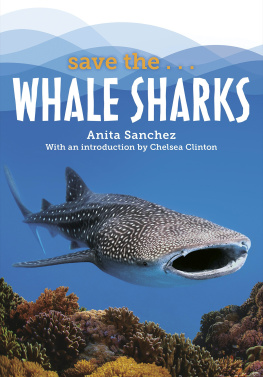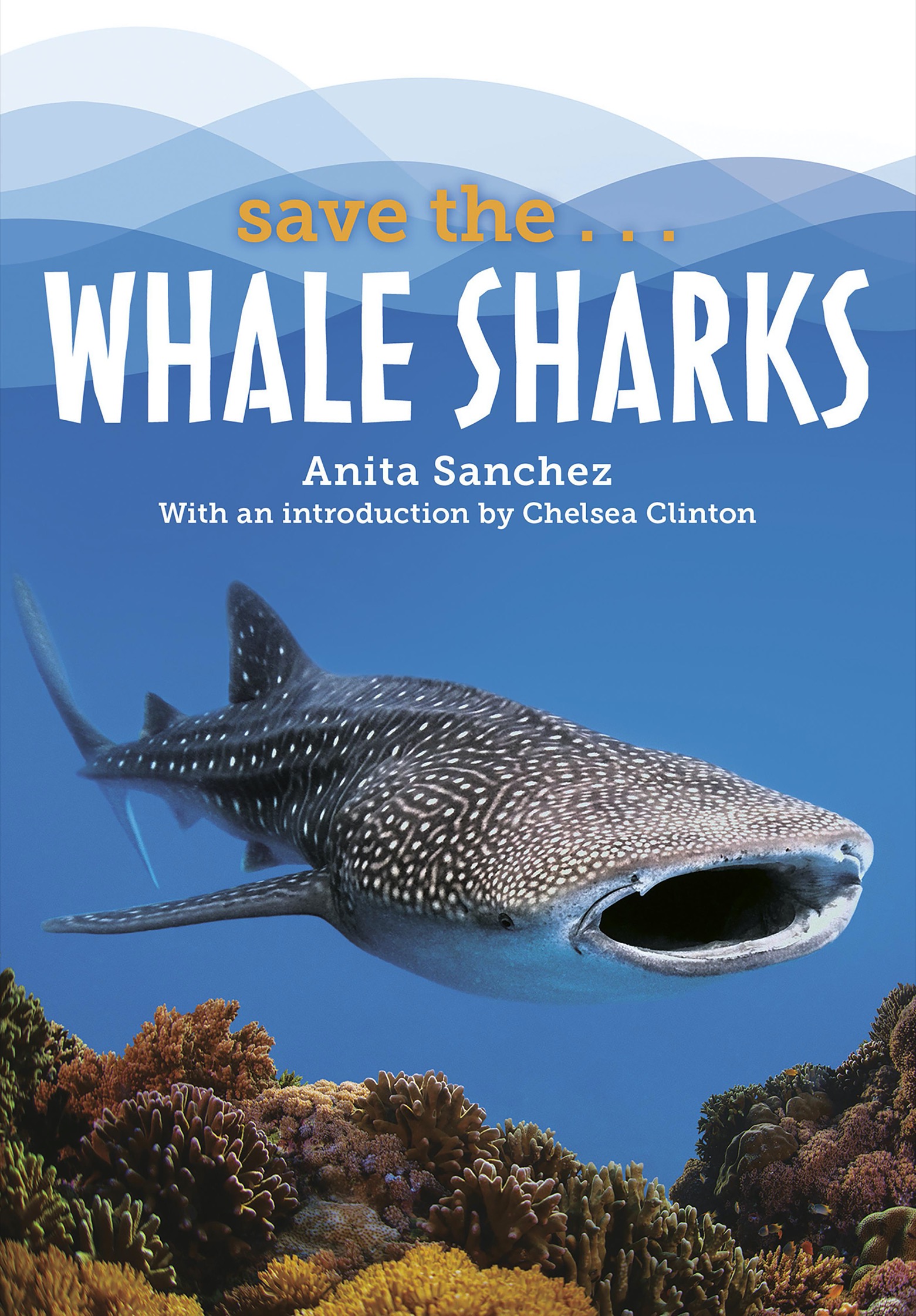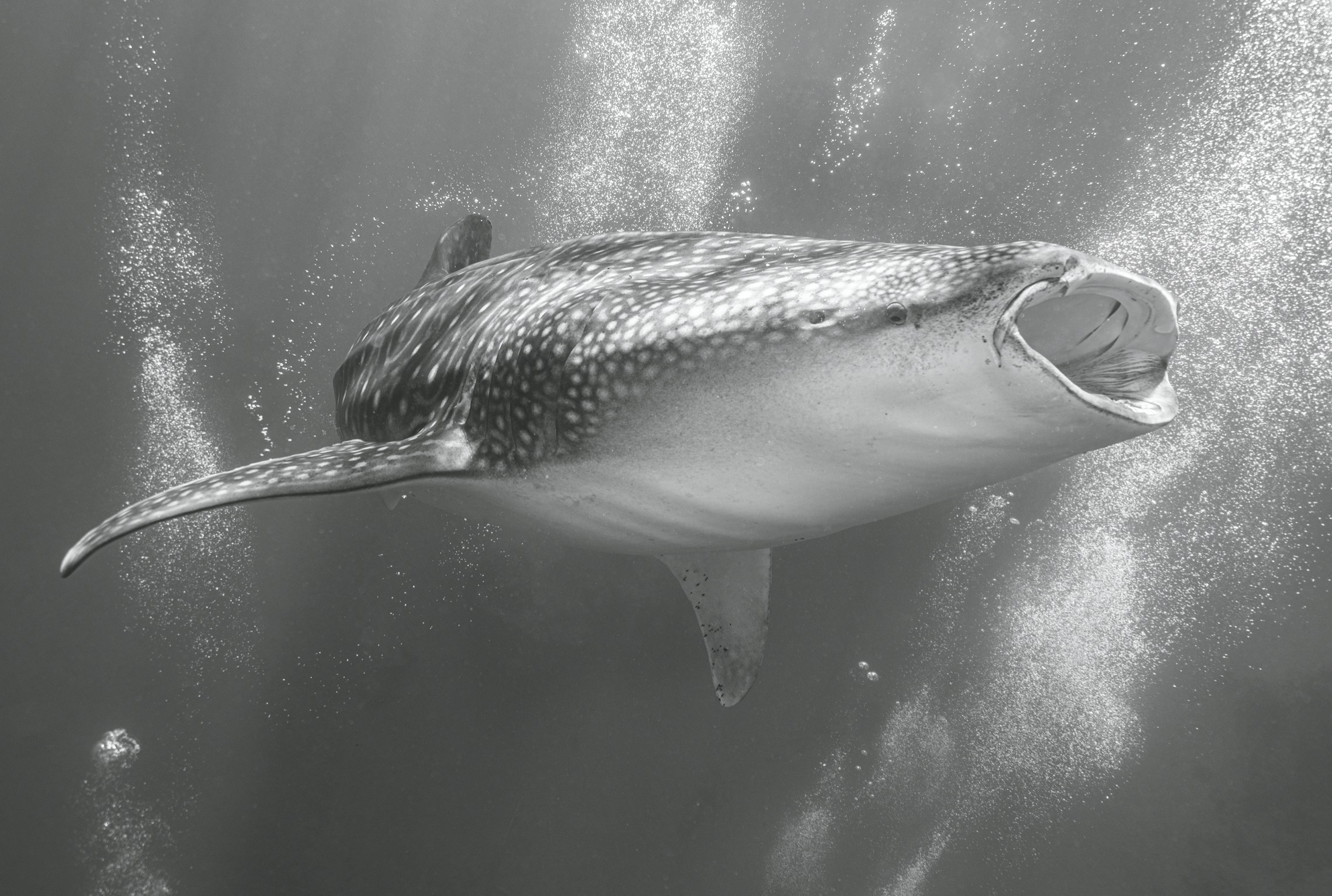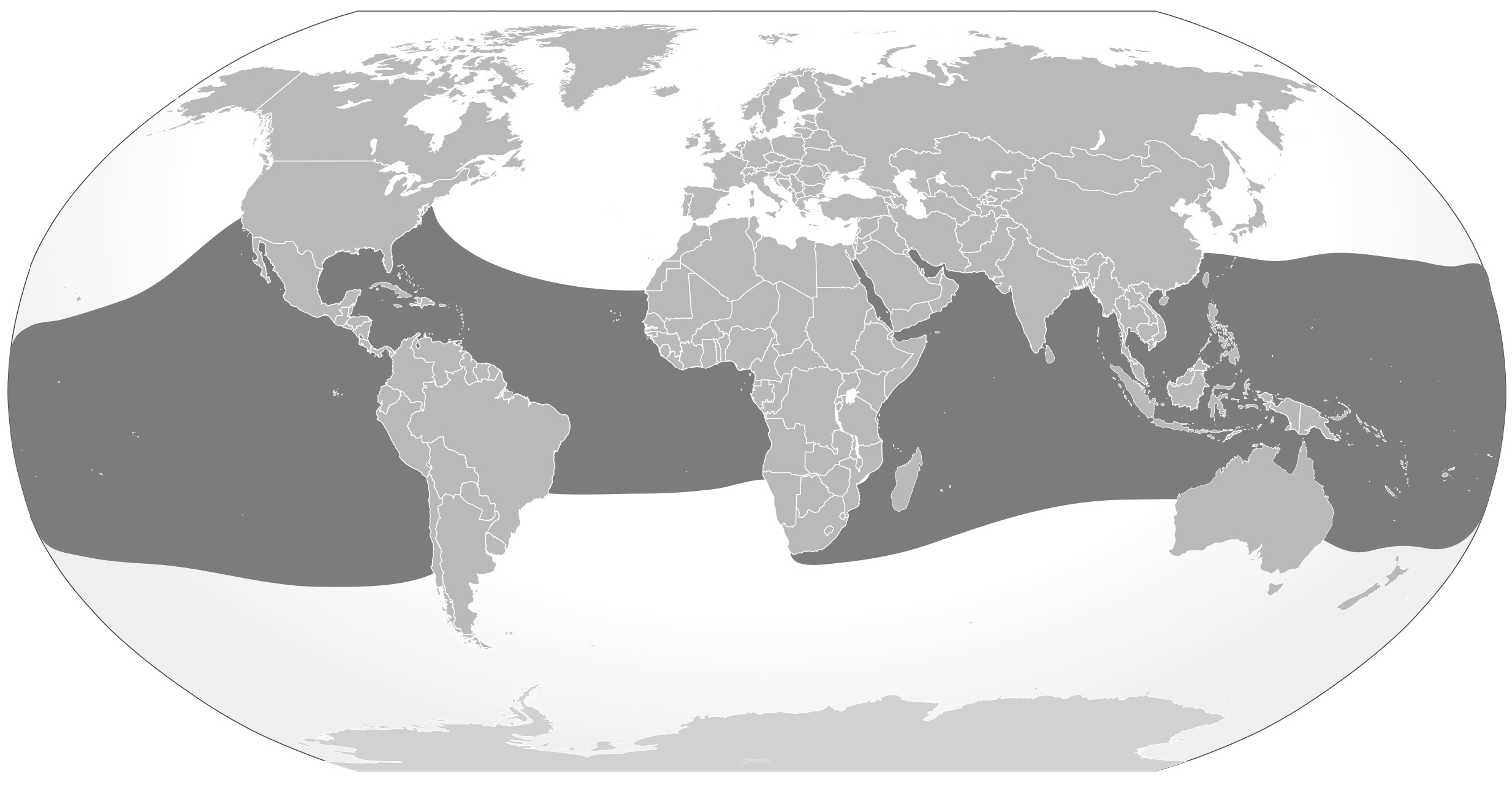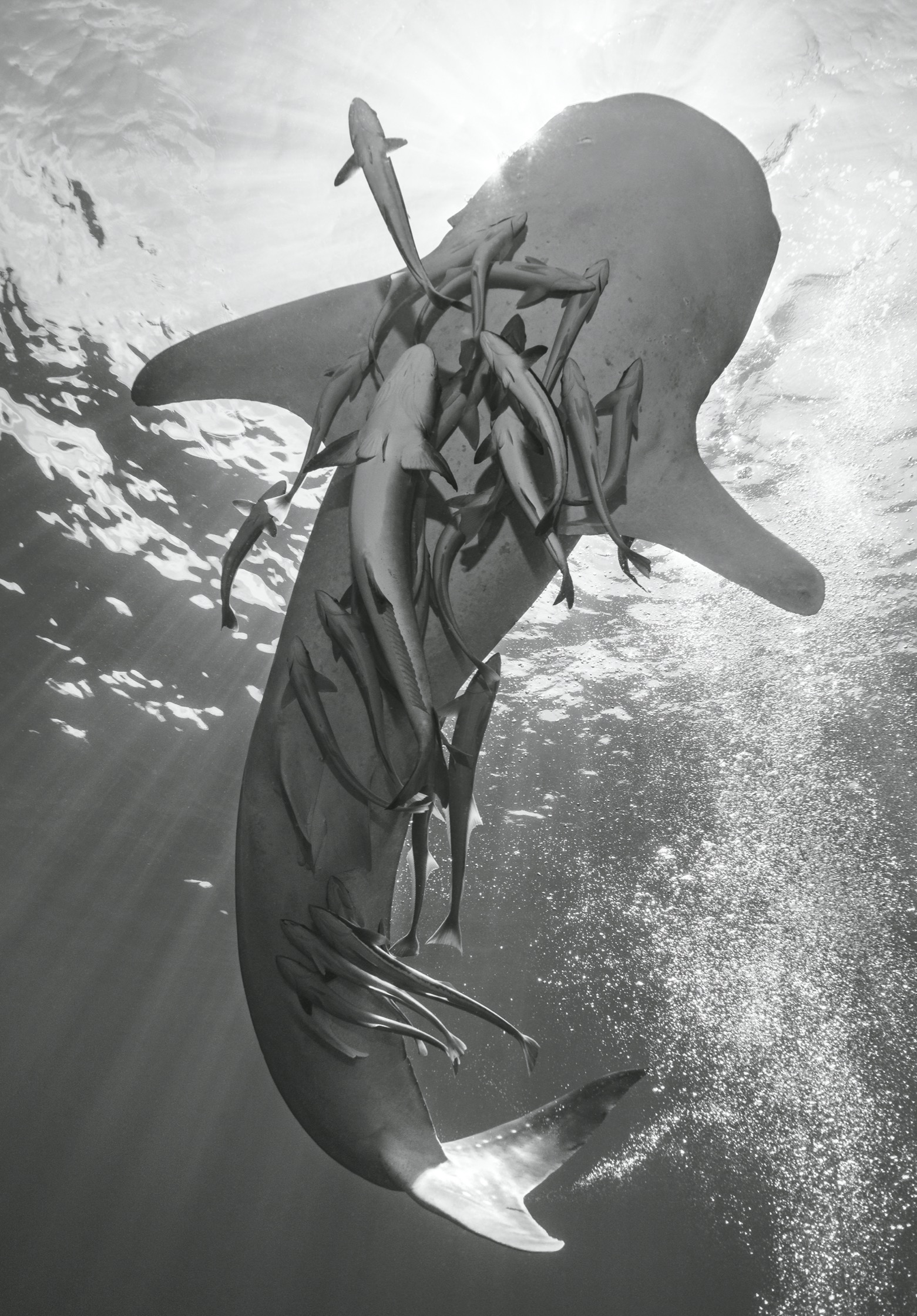PHILOMEL BOOKS
An imprint of Penguin Random House LLC, New York
First published in the United States of America by Philomel Books,
an imprint of Penguin Random House LLC, 2022
Text copyright 2022 by Chelsea Clinton
Photo credits: : Davidevison/Adobe Stock
Penguin supports copyright. Copyright fuels creativity, encourages diverse voices, promotes free speech, and creates a vibrant culture. Thank you for buying an authorized edition of this book and for complying with copyright laws by not reproducing, scanning, or distributing any part of it in any form without permission. You are supporting writers and allowing Penguin to continue to publish books for every reader.
Philomel Books is a registered trademark of Penguin Random House LLC.
Visit us online at penguinrandomhouse.com.
Library of Congress Cataloging-in-Publication Data is available.
ISBN 9780593404263 (hardcover)
ISBN 9780593404270 (paperback)
ISBN 9780593404287 (ebook)
Edited by Jill Santopolo and Talia Benamy
Design by Lily Qian, adapted for ebook by Michelle Quintero
The publisher does not have any control over and does not assume any responsibility for author or third-party websites or their content.
pid_prh_6.0_140847917_c0_r0
This book is respectfully dedicated to
Dr. Sylvia Earle,
a protector of the wild blue ocean.
save the...
save the...
Blue Whales
save the...
Elephants
save the...
Frogs
save the...
Giraffes
save the...
Gorillas
save the...
Lions
save the...
Polar Bears
save the...
Tigers
save the...
Whale Sharks
CONTENTS
THE BIGGEST MYSTERY IN THE SEA
Shark!
The passengers on the boat stare wide-eyed into the clear water. A huge, dark shape glides just under the surface, jaws stretched in a massive grin. The shark is bigger than a person, bigger than an elephant, bigger than the boat! Its enormous mouth is wide enough to swallow you whole.
But dont worry! This is a gentle giant.
Here comes the biggest fish in the sea!
An Ancient Mystery
Whale sharks are an ancient life form, evolved many millions of years ago, long before humans appeared, and theyre still here today. Theyre the biggest fish in the world, but they eat the smallest things in the sea.
Whale sharks are among the most mysterious creatures in the ocean. In spite of the fact that theyre so laid-back that divers can get close enough to touch them, scientists know surprisingly little about them. Were just beginning to explore the many mysteries of the whale shark.
One reason why whale sharks are so mysterious is that theyre always on the move. Endlessly crisscrossing the great oceans, they roam the deep waters of the globe. Three-quarters of the whale sharks of the world live in the Pacific Ocean, while the rest live in the Atlantic. Scientists havent yet figured out if these two populations ever meet each other and have young. Whale sharks mostly stay in warm tropical waters near the equator, but they sometimes come into regions of cooler waters to search for food.
Whale sharks wander through the ocean, often traveling thousands of miles in a year. Sometimes they swim far down into the shadowy depths of the sea, in waters more than a mile deep. Sometimes they come right up near the shore in shallow water, giving human swimmers a scary surprise!
The darker area shows where whale sharks are found.
Big Mouth, Small Food
Although its mouth is hugely wide, the whale sharks throat is very smallnot much bigger around than a baseball. No big fish can fit down that narrow tube. Whale sharks avoid sucking in fish that are larger than your little finger. And most of their prey is even smaller.
Its amazing to think of something the size of a school bus feeding on teeny minnows and sardines. But whale sharks favorite food is something so small that you can barely see it. Plankton is the name scientists give to many different species of tiny plants and shrimp-like animals that float in the open waters of the ocean. One speck of plankton is so small you need a microscope to see it, and a million of these tiny organisms could fit in a teaspoon. A whale shark can swallow millions of them in a single gulp, but it takes a lot of plankton to fuel the body of a whale shark.
This means they have to spend a lot of time eating!
Whale sharks constantly have to seek out food. They often feed on fish eggs, and theyll travel far across the ocean to places where fish are spawning (laying eggs). Since many marine predators hunt for fish eggs, some kinds of fish reproduce by broadcast spawning. This means that a group of fish gather and release eggs into the water all at one time. A single female tuna can release more than two million eggs at once! With billions of eggs floating around, theres a greater chance that more will survive.
So hungry whale sharks gather where clouds of fish eggs fill the water. But to get to these rich feeding grounds, the whale sharks often have to travel a long way.
Smaller fish often crowd around whale sharks on their long journeys.
World Travelers
As far as we know, whale sharks cant swim very fast. Theyve never been clocked moving at high speeds, and usually they amble along at about two miles per hour or sothats as fast as the average person can swim, and Olympic athletes can swim three times that fast. When migrating, a whale shark can only average about thirty or forty miles a day. How far can they get, moving so slowly? For many years, marine biologists (scientists who study ocean life) assumed that whale sharks probably didnt migrate vast distances.
In 2011, marine biologist Dr. Hctor Guzmn from the Smithsonian Tropical Research Institute, based in Panama, wanted to find out how far whale sharks could travel. He tagged several adult whale sharks by attaching a small device to their fins that would transmit a global positioning signal (GPS) that could be picked up by satelliteskind of like giving the whale shark a cell phone. Using these signals, his team of researchers tracked the journey of a female whale shark they named Anne.
Anne was tagged near Panama, but she soon headed west toward the Galpagos Islands. She slowly kept on for several days, and then suddenly the signal vanished. Anne had dived deep into the ocean. The satellite tag could only transmit in shallow water, so the scientists lost track of Anne for months.

